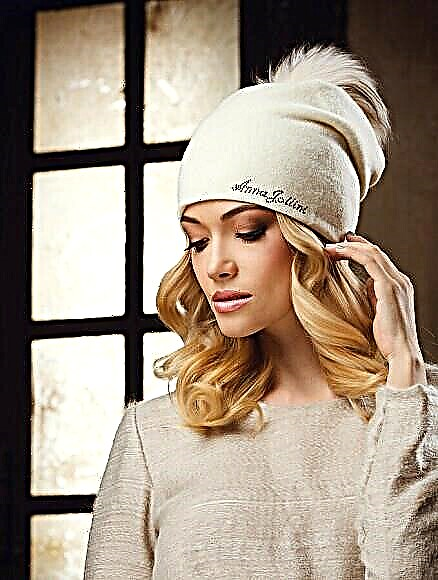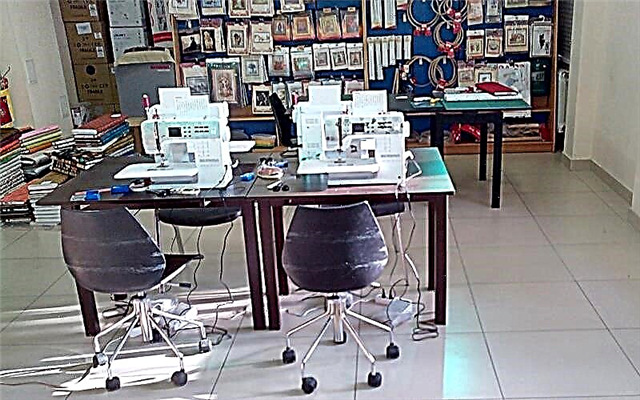Share
Pin
Tweet
Send
Share
Send
A real Christmas tale: snow is falling quietly, bringing in the sharp spiers of Gothic churches, houses and spruce ... Santa Claus rides on a sleigh, hurrying to deliver their presents to the children ...
Each manufacturer had his own secret of the composition of the liquid and "snow". Initially, the balls were crystal on a ceramic stand, the water was spring water, and the snow was planed from the smallest pieces of porcelain or bone. Then the crystal became glass, porcelain and bone were replaced with white sand and pieces of foil. Now balls are most often made entirely of plastic, and snow is rubbed on a grater from a plastic pipe. In order for snow to fall most naturally and slowly, glycerin is added to the water.On sale there are balls with a gap in the middle into which you can insert your own photo. And most of the Christmas balls began to be produced in China, Hong Kong and Taiwan. A rotation mechanism is mounted in the stand so that it is not necessary to shake the ball (so that snow begins to fall), often together with a music box. Bulbs are inserted into the balls. In the United States they sell inflatable snowballs made of transparent vinyl, by the way, they can be inflated to very large sizes, so they are often used to decorate, for example, shopping centers. Limited edition for fabulous money sell famous fashion houses - fromChanel andLouis vuitton to Lanvin and Christian dior.

According to tradition, they collect snowballs, the largest collection to date is a resident of Nuremberg (approx. 8000 balls). And this is not surprising, because there are not so many "real" snow balls produced. The first patent for their manufacture was received by the Austrian Erwin Percy, who constantly experimented with lighting effects and fluorescent lamps, and did this in the kitchen. Once he poured semolina into the water of the lamp, and when it swelled and began to slowly settle, he reminded him of the falling snow. Then Erwin placed a tiny model of the famous Austrian Mariazellerkirche inside the lamp and gave his creation to the nearest gift shop. The success was so grand that in 1900 he and his brother opened a snowball factory in Vienna, which is still operating. Gradually the assortment of the factory expanded - Christmas sketches appeared, the diameter of the balls changed, and in the 90s of the last century a museum was created at the factory. Snowballs in this factory are still made manually, and half of the employees work at home.

By the way, you can also try to make a snow globe with your own hands!
YOU WILL NEED: glass container with a tight-fitting lid - we took a plastic ball with a lid for crafts, small figures, distilled water, glycerin solution, sparkles or artificial snow, glue for plastic.

TIP If you want to make a ball without falling snow, replace the glycerin solution with a drop of dishwashing detergent.

HOW TO MAKE: turn the glass container lid down (we put our ball in a cup). Stick figures on the inside of the lid. If you want to make a “vault” from which snow will fall, mix sparkles or artificial snow with glue and apply the mixture to the bottom of the container. Allow the glue to dry completely.

Fill the container with distilled water mixed with sparkles. Add glycerin to the water until a consistency of (very) batter is obtained: the more glycerol you add, the denser the liquid will become and the slower the snow will fall.
To put glue on a place of connection of a mouth of a capacity of a container with a cover (distribute glue evenly, without leaving places uncovered by glue!) And put on a cover. Allow the glue to dry completely, turn the container over and make sure that no fluid is leaking.
Photo: PR.
Share
Pin
Tweet
Send
Share
Send



















